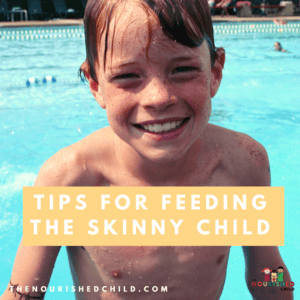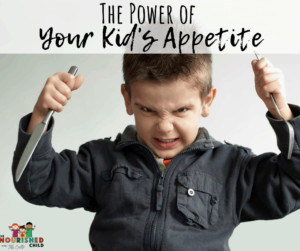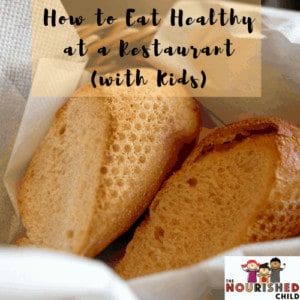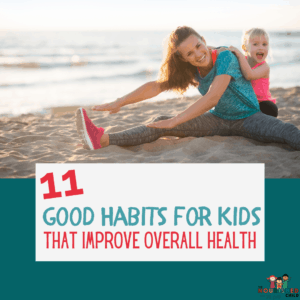Can Ultra-Processed Foods Be Nutritious? (with Julie Hess)
October 5, 2023
Ultra-processed foods get a bad rap. But can they be nutritious? Can they fit into a healthful eating pattern?
I asked, Julie Hess, a Research Nutritionist at the Grand Forks Human Nutrition Research Center in Grand Forks, North Dakota, a bunch of questions about ultra-processed foods, including how they are defined and whether they can fit into a nutritious eating pattern.
You may be surprised to hear what she has to say!
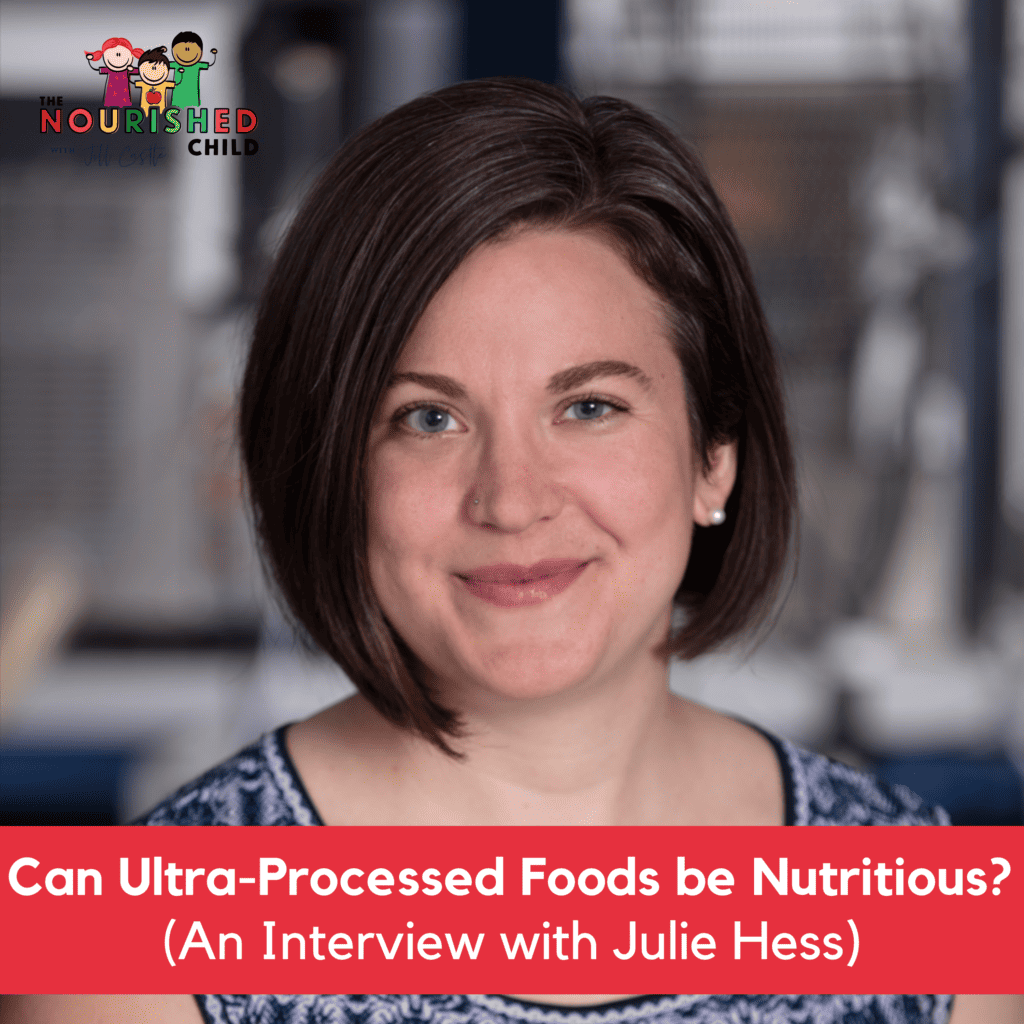
What Does Processed Mean?
Jill Castle: Would you explain to us the differences between whole foods, processed foods, and ultra-processed foods? How do we classify those foods from a scientific standpoint?
Julie Hess: That confusion about how the fields of nutrition and food science define processed foods compared to how consumers think about processed foods is a motivating drive for my research. It’s something I think and hear about a lot.
Right now, in the nutrition science world, there’s really no consensus yet for what an ultra-processed food is, or even for what a processed food is, and that’s true in food science, as well.
Part of the reason is that most of the foods people buy at the grocery store have been processed in some way. There’s a reason, for instance, the produce you see at the grocery store isn’t covered in dirt the same way it would be if you pulled it out of your backyard garden.
That produce has been processed in some way.
Classifying food by level of processing is one way to figure out how much processing is involved with a raw potato you buy at the grocery store versus the instant mashed potatoes from a box, for instance.
The most commonly used system for determining between levels of processing is called the NOVA Classification System. It grades foods on a scale of one to four, where one is a minimally processed or unprocessed food. That’s where the raw potato would go (Level 1).
Level 2 is a processed culinary ingredient. For example, butter, lard, sugar, and salt.
Level 3 is a processed food. So that’s had some level of processing. It could also be some combination of a Level one food, or a minimally processed food, with a Level 2 processed culinary ingredient.
The Level 4 foods are foods that are industrially manufactured, have five or more ingredients, and contain substances that are rarely used in home cooking. That’s where you’d find an instant mashed potato.
Is Bread a Processed Food?
Jill Castle: What is an example of a level 3 food (a whole food plus the culinary ingredient)?
Julie Hess: A loaf of bread from a bakery is considered a processed food (Level 3). But if you buy a packaged bread at the grocery store, that’s going to be considered a Level 4 ultra-processed food.
Jill Castle: Does the NOVA Classification System have shortcomings?
Julie Hess: Like almost every scale that’s used in research, the NOVA system does have its shortcomings. The fact that it doesn’t account for nutrient content is one of them.
Right now, the Level 4 ultra-processed foods include gummy bears, jarred spaghetti sauce, colorful candies, and seasoned chips. But it also includes things like tofu and whole wheat bread.
It’s important for consumers to know this. There are a whole breadth of foods that fit into that ultra-processed foods category.
And we’re just at the early stages of parsing out what that means for research and what that means for health impact.

The Dietary Guidelines and Ultra-Processed Food
Jill Castle: Can you have an eating pattern or menu that meets the dietary guidelines using ultra-processed foods based on the NOVA Classification System?
Julie Hess: My lab’s recent publication in the Journal of Nutrition does show it’s possible to build a diet, or a sample menu, that meets the recommendations from the most recent Dietary Guidelines for Americans while consuming energy mostly from ultra-processed foods, or those Level 4 foods in the NOVA categorization.
We did end up including foods from a range of processing levels. There are some Level 1, Level 2, and Level 3 foods in there, too.
And that’s partially because we wanted the menu to be realistic.
For example, if I think about making myself a sandwich, even if it’s mostly made of what would be considered ultra-processed NOVA Level 4 foods, I’m using deli turkey, some kind of packaged mayonnaise or mustard, and whole wheat bread from the grocery store.
I may want a piece of lettuce and a slice of tomato on it. But most of the calories in that sandwich come from the whole wheat bread and the roasted deli turkey meat.
One of the reasons we focused on ultra-processed foods is to see if you can build a healthy dietary pattern that aligns with the dietary guidelines and includes mostly ultra-processed foods.
We’re in the early stages of figuring out where the science is on processed foods, and what the different scales mean for human health.
There’s a question that the scientific committee in charge of developing the basis for the 2025 Dietary Guidelines is exploring, which is
What do ultra-processed foods mean in the context of dietary guidance?
The impetus for my lab’s work is to provide better scientific evidence to support the Dietary Guidelines. So when I saw that question come up as something to be explored in the newest iteration, I thought my lab should start looking into this.
Jill Castle: What other foods were on the menu?
Julie Hess: We had a seven day menu of about 2000 calories per day and we modeled it after the 2005 My Pyramid menu plan.
My Plate was created in 2010, but the sample menu for My Plate wasn’t available online, so we used My Pyramid instead, and ended up with menus that are almost identical to what’s on the My Pyramid menus.
We had meals like a breakfast burrito with scrambled eggs, black beans and cheese served with a glass of milk and a glass of orange juice.
There was a spinach pasta bake with ricotta, spinach, and tomatoes. There’s a rotisserie chicken meal that has greens, yams, and peas.
We’ve got snacks of vanilla yogurt, dried apricots, and roasted almonds. The entire menu is available in our publication in the Journal of Nutrition.
Jill Castle: I’m sure there are parents out there listening right now thinking I make a spinach ricotta pasta bake and we make breakfast burritos and I don’t consider these ultra-processed foods. So many of the foods we eat are classified as processed or ultra-processed, correct?
Julie Hess: There’s a lot more foods that end up being in that group for ultra-processed foods than consumers realize, and to a certain extent researchers realize, when you look at the NOVA Classification system.
Nutrient Density of Food Matters
Jill Castle: It seems there are a lot of foods that I would consider nutrient-dense. I consider whole grain bread out of a package on the grocery store shelf a nutrient-rich food.
I consider turkey breast from the deli a nutrient-rich food. So, I feel like this could be super confusing for people because the classification system is really focused on the processing, not the nutrient density.
Julie Hess: Right. There is no consideration for nutrient density in the NOVA Classification scale right now.
Jill Castle: That’s a big point of confusion for a lot of people.
Julie Hess: The research is in the early stages right now. There’s a long way to go and I think that particular point tends to get lost in some of the communications about what’s happening in the research world vis a vis processed foods right now.
Types of Ultra-Processed Foods
Jill Castle: Yeah. Are there other Level 4 ultra-processed foods that parents might be surprised to know?
Julie Hess: Many folks that I talk to seem surprised by just the pure breadth of foods that end up being considered ultra-processed. So we talked about whole grain breads, deli meats, but a lot of jarred sauces and flavored yogurts fall into this category.
There are some cheeses that are considered Level 4 foods. One of the challenges with the NOVA Classification Scale is that sometimes it’s very hard to tell which group a food will fit into.
One of the things we did with our study to make it as strong as possible is we had external experts in NOVA independently grade all of the foods that we included in our menu.
We sent the foods off, took off all the branding information and just included the generic name of the food and the food ingredient list and told our experts to grade them for us.
That way, we weren’t the ones figuring out where food fits in the classification scale.
I was surprised at how difficult it was, even for people who had some kind of expertise in NOVA, to categorize foods.
So even with what I’m saying in this interview about Level 4 foods, other people might disagree with me. They might say there are canned beans that aren’t ultra-processed foods.
And yes, that’s true. It’s dependent on what brand you’re looking at and what the ingredient deck looks like. The research has a long way to go.

Can Ultra-Processed Food by Nutritious?
Jill Castle: How did your seven day menu of Level 4 NOVA scale foods stand up to the Dietary Guidelines for Americans?
Julie Hess: It was actually pretty close to a Dietary Guideline’s recommended dietary pattern in many respects. We had just over 2,000 calories (our goal was 2,000 calories per day).
We had adequate amounts of all macronutrients (carbohydrates, protein, fat). We also had amounts of saturated fat and added sugars that were within the limits recommended in the Dietary Guidelines.
We also had adequate amounts of most micronutrients, except for vitamin D, which is very difficult to get enough of from food.
Vitamin E and choline were also a little bit low, but Dietary Guideline patterns are all low in vitamin E and choline, too.
The diet quality score was pretty high for our dietary pattern for our menu, as well. We had a score of 86 (out of 100). A score of 100 is perfect compliance with the Dietary Guidelines.
The two areas where this menu lagged behind were sodium and the amount of whole grains.
So we didn’t have quite enough whole grains to meet the recommendations in the Dietary Guidelines and we had more sodium than what Americans typically consume and beyond the recommendations of 2,300 milligrams of sodium per day.
Most Americans consume 3,400 milligrams per day and our menu was at 4,100 milligrams per day.
But with those caveats, our 7-day menu of mostly ultra-processed foods was close to the Dietary Guidelines.
Jill Castle: So what I hear you saying is that a diet based on ultra-processed foods can be nutritious and can meet the Dietary Guidelines.
Julie Hess: Yes, with attention for the nutrient density of those foods.
Jill Castle: When I think about whether a diet of ultra-processed foods can be healthy or not, we don’t know, right? You mentioned at the top of this interview that we don’t know if it’s healthy, but it does sound like it can be nutritious.
I think this is an important point for parents to hear because ‘nutritious’ and ‘healthy’ can be two different things. We assume that if food is nutritious, it is healthy, but we don’t have evidence necessarily to prove something’s healthy for your body, even though it is nutritious.
Julie Hess: Yes, I see your point and that’s very true. I think that’s why we’ve got this movement in nutrition research right now for precision nutrition.
Because what’s healthy for my body may not be healthy for your body. Even if you look at food objectively, based on how many nutrients it has.
Can Ultra-Processed Food be Healthy?
Jill Castle: What do we need to know about ultra-processed food consumption and health? What are the missing pieces of information that researchers can be looking at in the future?
Julie Hess: What I hope to see from research coming out on ultra-processed foods is more attention to the range of foods that are currently fitting into the category of ultra-processed on NOVA.
How to further parse out the nutrient-dense, ultra-processed foods from the less nutrient-dense, ultra-processed foods and some more intervention studies.
To my knowledge, there’s only been one study that actually fed people a diet of ultra-processed foods and a diet of unprocessed foods. And a lot of the other research, although we hear about research on ultra-processed foods all the time, a lot of it is based on pre-existing data sets.
So that means that the researchers had to make some assumptions about which products people report eating would be considered less processed foods. So I think we need more intervention studies where people are actually eating these diets and researchers are measuring the health outcomes to keep moving this field forward.
Jill Castle: How will the question of including ultra-processed foods in the 2025 Dietary Guidelines be answered?
Julie Hess: It depends on what they find in their literature review and what they decide to include in their evidence review.
Jill Castle: Hopefully your work will be part of that.
Julie Hess: We will see.
Don’t be afraid of foods that are labeled ultra-processed if they’re nutrient-dense.
Julie Hess
What Parents Should Know about Processed Food
Jill Castle: What can we take from your research findings for U. S. children?
Julie Hess: It’s the nutrient density of the diet overall that’s most important.
Whether that includes ultra-processed foods or not, for a nutritious diet it’s more important to look at nutrient density. Until we can get more of a handle on what’s happening in processed foods and what that means.
Jill Castle: One of the things that struck me about your research about ultra-processed food is that we have such economic diversity in our country.
It’s refreshing to hear that you can nourish your children and your family with foods that may be more affordable, like ultra-processed foods. The message that we often hear, though, is to go to Whole Foods, and only eat fresh fruits and vegetables, or meats and dairy from the farm.
There’s a demonization of processing or processed food and it can be very alienating for families who are on a tight budget. Do you have any thoughts about that?
Julie Hess: Every time I talk about my ultra-processed food work and how ultra-processed foods can fit into healthy dietary patterns with their current definition, I always get the question, does using ultra-processed foods save time and money?
I realized that hasn’t been touched on in the literature right now. So that is something that my lab is exploring. If we make a diet that has mostly unprocessed foods versus mostly ultra-processed foods, what’s the time savings difference?
And what’s the financial savings between those two dietary patterns?
What is informing those decisions may be different from what the research community thinks should be informing those decisions. So I want to look at what is actually influencing most consumer decisions about what they buy: taste, convenience, and price.
I want to understand how we look at those things with a research lens and see where we find the intersections So that’s what my lab’s looking into next.
Jill Castle: What would like parents to know as we close out our interview?
Julie Hess: There’s a lot of fear about ultra-processed foods and making sure you feed your families in a healthful and supportive way.
But a lot of nutrient-dense choices are out there and even though they may have a few more ingredients in them, they are still perfectly healthy and safe choices.
Don’t be afraid of foods that are labeled ultra-processed if they’re nutrient-dense.




